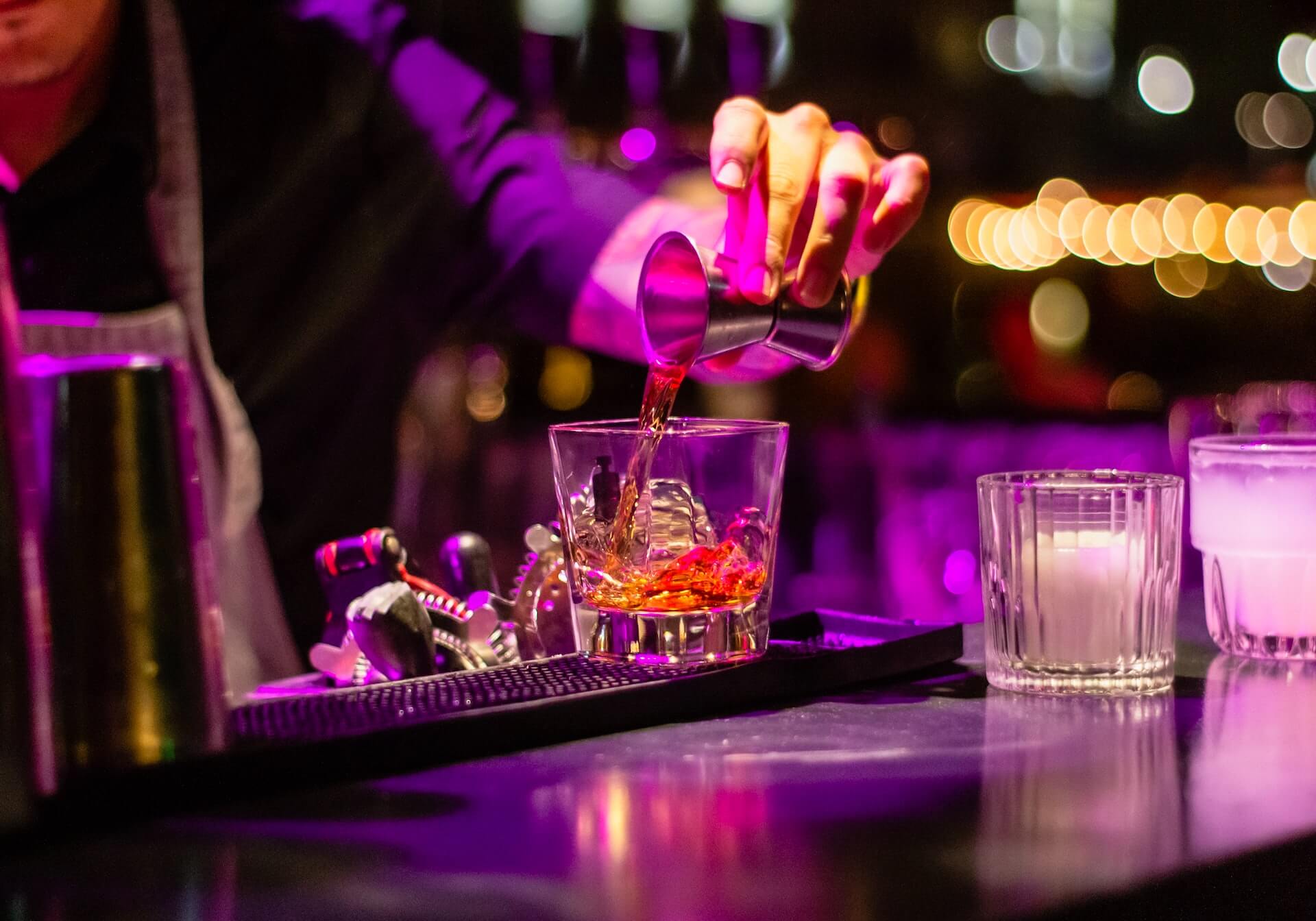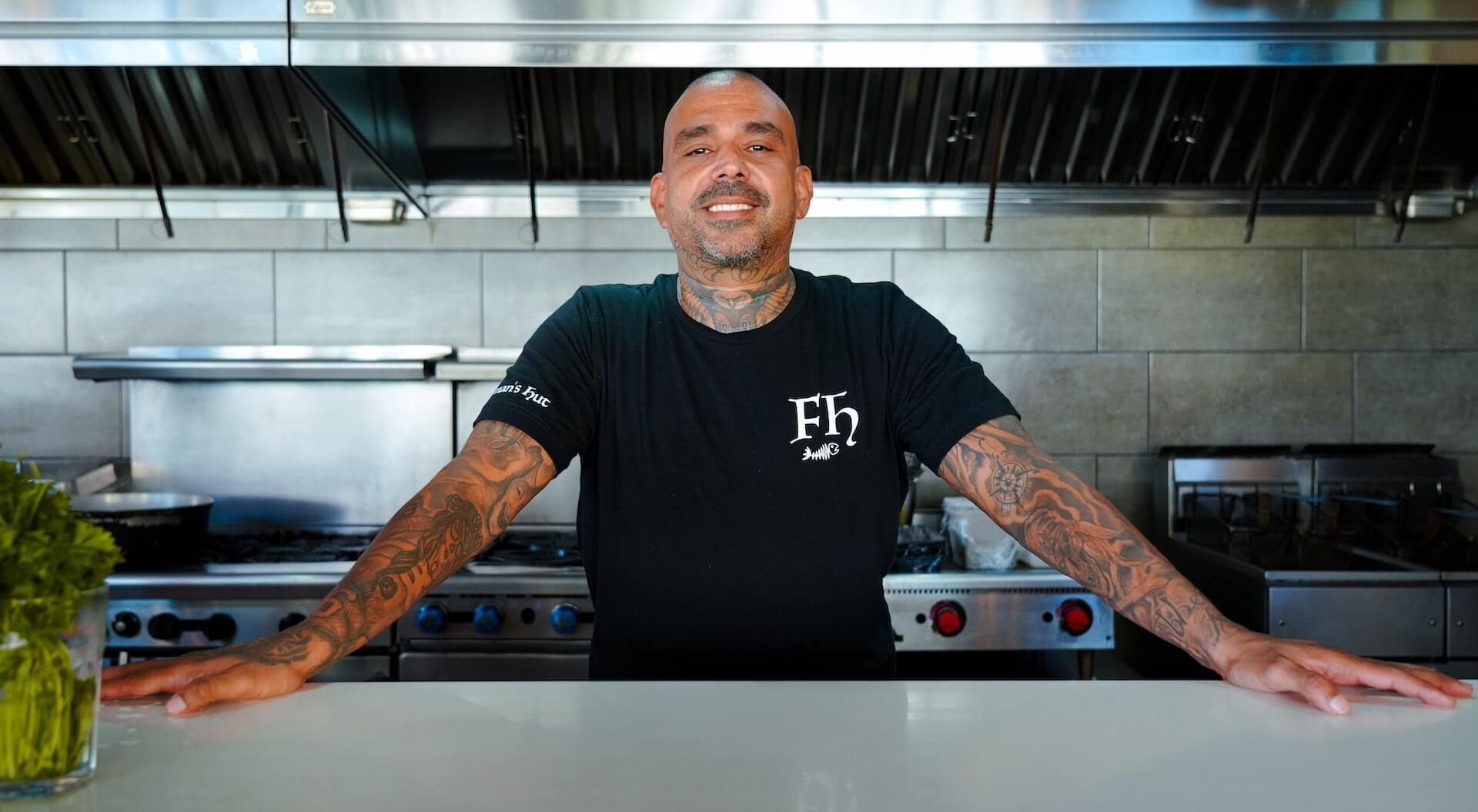These are the World’s 50 Best Bars in 2022
by David Klemt

The long wait is over and we finally know which venues across the world are numbers one through 50 on the 2022 World’s 50 Best Bars list.
Congratulations to the World’s 50 Best Bars, class of 2022!
Regardless of people’s opinions of industry awards, these bars deserve recognition. Moreover, they’re successful examples from which other operators can learn. Iron, as they say, sharpens iron.
To review the World’s Best Bars, numbers 51 through 100, click here. As you’ll see, Singapore dominates that particular list.
If you want to learn more about the World’s 50 Best Bars, listen to episode 82 of the Bar Hacks podcast.
The 50 Best
As you’ll see when you scroll down, history was made today. For the first time since the inception of the World’s 50 Best Bars, neither a bar from London nor New York takes the number one spot.
However, New York did just fine this year. The city claims six of eight American bars on this year’s top 50 list. In fact, two bars in New York are among the top ten.
Bars in Chicago and Miami claim two spots as well. Las Vegas, sadly, doesn’t find itself with a bar in the top 50 or the expanded 51 to 100 list.
Unfortunately, the same holds true for the entirety of Canada.
However, Mexico City crushes it for North America with not only four winners but one bar representing the Best Bar in North America and taking the Rémy Martin Legend of the List award.
Athens, Dubai, Buenos Aires, and Barcelona each claim three spots, with the latter city’s winners all in the top ten. London boasts five bars on the top 50 list.
And as I predicted, two bars in Singapore earned placement this year. The Southeast Asian city-state didn’t crack this year’s top ten. However, when combined with bars 51 through 100, ten percent of the bars are in Singapore.
Individual Awards
Of course, the World’s 50 Best Bars does more than simply judge and rank bars.
Now in his fourteenth year at the helm of the Connaught Bar in London, England, Agostino Perrone scores the Roku Industry Icon Award. Jean Trinh of Alquímico in Cartagena, Colombia, is the 2022 Altos Bartender’s Bartender.
Röda Huset, number 78 on the World’s 50 Best Bars, numbers 51 to 100, is the Campari One to Watch. This particular award means this bar has been judged as the one most likely to find itself ranked somewhere among the top fifty. Further, Hanky Panky in Mexico City takes the Michter’s Art of Hospitality Award this year.
Regional and other individual awards are listed next to the bars below.
Congratulations to the bars and their dedicated teams!
The World’s 50 Best Bars 2022: 50 to 1
- Bulgari Bar (Dubai)
- Lucy’s Flower Shop (Stockholm)
- Bar Benfiddich (Tokyo)
- Employees Only (New York)
- L’Antiquario (Naples)
- Galaxy Bar (Dubai)
- Carnaval (Lima)
- Himkok (Oslo)
- CoChinChina (Buenos Aires)
- Cantina OK! (Sydney)
- Red Frog (Lisbon)
- Locale Firenze (Florence)
- Zuma (Dubai)(The Best Bar in the Middle East and Africa sponsored by Paragon Cordials)
- 🔶🟥🔵 A Bar with Shapes for a Name (London)
- Dante (New York)
- 1930 (Milan)
- Overstory (New York)
- Manhattan (Singapore)
- Baltra Bar (Mexico City)
- Line (Athens)
- Swift (London)
- Maybe Sammy (Sydney)(The Best Bar in Australia sponsored by Torres Brandy)
- Argo (Hong Kong)
- Tres Monos (Buenos Aires)
- Sidecar (New Delhi)
- Kumiko (Chicago)
- Tropic City (Bangkok)
- Satan’s Whiskers (London)
- Attaboy (New York)
- Café La Trova (Miami)
- Baba au Rum (Athens)
- The Clumsies (Athens)
- Florería Atlántico (Buenos Aires)
- Coa (Hong Kong)
- Drink Kong (Rome)
- Salmon Guru (Madrid)
- BKK Social Club (Bangkok)(London Essence Best New Opening Award)
- Hanky Panky (Mexico City)(Michter’s Art of Hospitality Award)
- Jigger & Pony (Singapore)(The Best Bar in Asia sponsored by Naked Pony)
- Handshake Speakeasy (Mexico City)
- Alquímico (Cartagena)(The Best Bar in South America sponsored by Tia Maria)
- Katana Kitten (New York)
- Connaught Bar (London)
- Two Schmucks (Barcelona)
- Double Chicken Please (New York)(Disaronno Highest New Entry Award)
- Little Red Door (Paris)(Ketel One Sustainable Bar Award)
- Licorería Limantour (Mexico City)(The Best Bar in North America sponsored by Rémy Martin)(Rémy Martin Legend of the List)
- Sips (Barcelona)(Nikka Highest Climber sponsored by Nikka Whisky)
- Tayēr + Elementary (London)
- Paradiso (Barcelona)(The Best Bar in Europe sponsored by Perrier)









